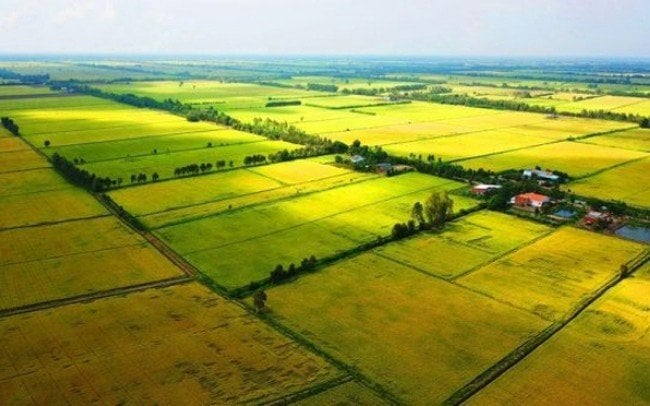 |
9 new points of the 2024 Land Law
The 2024 Land Law has the following 9 outstanding new points:
1. Expanding the limit for receiving transfer of agricultural land use rights of individuals
The 2024 Land Law allows the expansion of "the limit for receiving transfer of agricultural land use rights of individuals to no more than 15 times the limit for agricultural land allocation of individuals for each type of land" in Clause 1, Article 177.
Specifically, according to Clause 1, Article 177 of the Draft Land Law 2024, the limit on receiving the transfer of agricultural land use rights of individuals is not more than 15 times the limit on agricultural land allocation of individuals for each type of land specified in Clauses 1, 2 and 3, Article 176 of this Law.
| Currently, according to Article 130 of the 2013 Land Law, the limit for receiving the transfer of agricultural land use rights of households and individuals is not more than 10 times the limit for agricultural land allocation of households and individuals for each type of land specified in Clauses 1, 2 and 3, Article 129 of the 2013 Land Law. |
2. Regulations on 32 cases where the State "reclaims land for socio -economic development in the national and public interest"
Article 79 of the 2024 Land Law specifically stipulates 32 cases in which the State recovers land for socio-economic development in the national and public interest as follows:
The State shall reclaim land in cases of real necessity to implement socio-economic development projects for national and public interests in order to promote land resources, improve land use efficiency, develop modern socio-economic infrastructure, implement social security policies, protect the environment and preserve cultural heritage in the following cases:
1. Construction of traffic works, including: expressways, motorways, urban roads, rural roads including bypasses, emergency roads and roads on rice fields serving the general travel needs of people, bus stops, passenger pick-up and drop-off points, traffic toll stations, warehouses, car parking lots; ferry terminals, bus stations, rest stops; all types of railways; railway stations; all types of bridges and tunnels serving traffic; inland waterway works, maritime works; aviation works; cable car lines and cable car stations; fishing ports, dry ports; headquarters, office buildings, business and service establishments in stations, ports, bus stations; safety corridors for traffic works that require land to be recovered for airspace; other structures serving traffic;
2. Construction of irrigation works, including: dikes, embankments, culverts, dams, spillways, reservoirs, hydraulic tunnels, water supply, drainage, irrigation, and drainage systems, including protection corridors for irrigation works that require land use; key irrigation works, including offices, warehouses, production facilities, repair and maintenance of irrigation works within the scope of irrigation works;
3. Construction of water supply and drainage works, including: water plants; water pumping stations; water tanks and towers; water supply and drainage pipelines; regulating lakes; water, sludge and sludge treatment works including offices, warehouses, production facilities, repair and maintenance of water supply and drainage works;
4. Construction of waste treatment facilities, including: transfer stations; landfills; treatment complexes, treatment areas, waste and hazardous waste treatment facilities including offices, warehouses, production facilities, repair and maintenance of waste treatment facilities;
5. Construction of energy and public lighting works, including: power plants and auxiliary works of power plants; dams, embankments, reservoirs, and water pipes serving hydroelectric plants; power transmission lines and transformer stations; service, repair, and maintenance works within the scope of power plants; public lighting systems;
6. Construction of oil and gas works, including: exploitation platforms, works serving oil and gas exploitation and processing, petrochemical refineries, gas processing plants, biofuel production plants; crude oil storage, storage, petrol, oil and gas pumping stations, pipeline systems, safety corridors of works to ensure technical safety; service business, repair and maintenance works within the scope of works serving oil and gas exploitation and processing, petrochemical refineries, gas processing plants, biofuel production plants;
7. Construction of postal, telecommunications and information technology infrastructure works, including: houses, stations, antenna poles, cable poles, sewers, tanks, cable pipes, trenches, technical tunnels and other related technical infrastructure works to install telecommunications equipment and equipment installed therein to serve telecommunications; data centers; including safety corridors of works to ensure technical safety that cannot be used for other purposes; postal exploitation facilities and postal service points; postal - cultural points of communes; service business, repair and maintenance works within the scope of postal, telecommunications and information technology works;
8. Construction of traditional markets and wholesale markets;
9. Construction of religious works, including: communal houses, temples, shrines, shrines and other legal religious works;
10. Construction of religious works, including: headquarters of religious organizations, affiliated religious organizations; pagodas, churches, chapels, cathedrals, holy places; schools for training people specializing in religious activities; monuments, steles, towers and other legal religious works;
11. Construction of public recreation and entertainment areas, community activities, including: parks, flower gardens, beaches and other public recreation areas; meeting facilities and other activities in accordance with the customs and practices of the local community;
12. Construction of headquarters of agencies of the Communist Party of Vietnam, state agencies, the Vietnam Fatherland Front, socio-political organizations, socio-political-professional organizations, socio-professional organizations, social organizations and other organizations established in accordance with the provisions of law, assigned tasks by the State, and supported with regular operating expenses;
13. Construction of headquarters or representative offices of public service units under agencies of the Communist Party of Vietnam, state agencies, and socio-political organizations;
14. Construction of cultural facilities, historical-cultural relics, scenic spots, including: conference centers, theaters, cultural houses, cultural centers, cultural palaces, clubs, cinemas, circuses; relic works; symbolic and artistic works, children's palaces, children's houses, youth activity centers, museums, exhibition houses, libraries, literary creation facilities, art creation facilities, art exhibition houses, headquarters of art troupes; works to expand, renovate, restore, and promote the value of historical-cultural relics and scenic spots that have been ranked or included in the inventory list of relics by the Provincial People's Committee according to the provisions of law on cultural heritage; other cultural facilities established or permitted to operate by the State;
15. Construction of medical facilities and social service facilities established or permitted to operate by the State, including: medical facilities (medical examination and treatment facilities; rehabilitation facilities; preventive medical facilities; population facilities; testing facilities; calibration and inspection facilities; medical examination facilities; forensic examination facilities; drug production facilities; medical equipment production facilities); social work service centers, social protection facilities; medical treatment, education and social labor centers; nursing centers for people with meritorious services; child support facilities; facilities for consultation and care of the elderly, people with disabilities, children in special circumstances, people infected with HIV/AIDS, people with mental illness; drug addiction treatment facilities; facilities for caring for the elderly and children in special circumstances;
16. Construction of educational and training facilities established or permitted to operate by the State, including: nurseries, kindergartens, preschools, general education facilities, continuing education facilities, specialized schools, universities, and vocational education facilities;
17. Construction of physical training and sports facilities established or permitted to operate by the State, including: sports complexes, training centers for athletes; stadiums, sports competition and training facilities;
18. Construction of scientific and technological facilities established or permitted to operate by the State, including: research, development, and scientific and technological service organizations; organizations supporting innovative startups; technology incubators, science and technology business incubators; science and technology parks; science museums; measurement standards systems;
19. Construction of diplomatic facilities, including: headquarters of embassies, consulates, representative offices of foreign diplomatic organizations, non-governmental organizations with diplomatic functions; diplomatic facilities managed by the State;
20. Construction of public works on environmental treatment, biodiversity conservation, meteorology, hydrology, inspection and quarantine of animals and plants;
21. Implementing social housing projects and housing for the people's armed forces, except for cases of agreements on receiving land use rights; public housing projects; investment projects on renovation and reconstruction of apartment buildings, except for cases where apartment building owners agree to transfer land use rights to investors to implement investment projects on renovation and reconstruction of apartment buildings according to the provisions of the Housing Law; resettlement projects;
22. Implementing projects on industrial parks, industrial clusters; high-tech parks; high-tech agricultural zones; concentrated information technology zones; high-tech forestry zones; duty-free zones in economic zones;
23. Implement projects for concentrated production and processing of agricultural, forestry, aquatic and seafood products on a large scale, with synchronous infrastructure from production to processing of agricultural, forestry, aquatic and seafood products serving inter-district or inter-regional areas; projects for planting and preserving medicinal plant genes to develop traditional medicinal herbs;
24. Carry out land reclamation activities;
25. Mineral exploitation activities have been licensed by competent state agencies, including construction items serving the exploitation and processing of minerals associated with the exploitation area and the safety corridor for exploitation that require land recovery;
26. Projects in the vicinity of traffic connection points and traffic routes with development potential;
27. Implement investment projects to build urban areas with mixed-use functions, synchronizing technical infrastructure systems, social infrastructure with housing according to the provisions of the law on construction to build new or renovate and embellish urban areas; rural residential area projects;
28. Cemeteries, funeral homes, crematoriums, ash storage facilities;
29. Implement projects to allocate residential land and production land to ethnic minorities to implement land support policies for ethnic minorities according to the provisions of this Law;
30. Construction of above-ground works serving the operation, exploitation and use of underground works;
31. Implement projects approved by the National Assembly and the Prime Minister, and decide on investment policies in accordance with the provisions of law;
32. In cases of land recovery to implement projects and works for national and public interests that do not fall under the cases specified from Clauses 1 to 31 of this Article, the National Assembly shall amend and supplement the cases of land recovery in this Article according to the simplified procedures.
3. Resettlement arrangements must be completed before land acquisition.
Article 91 of the 2024 Land Law defines the principles of compensation, support, and resettlement when the State acquires land, including the following principles:
-The resettlement area must complete the conditions of technical infrastructure and synchronous social infrastructure according to the detailed planning approved by the competent authority; at the same time, it must be consistent with the cultural traditions and customs of the residential community where the land is recovered.
- Approval of compensation, support, resettlement plans and resettlement arrangements must be completed before a decision on land recovery is made.
4. Abolish land price framework
The 2024 Land Law has abolished regulations on land price framework.
5. Land price list is built annually
According to the Land Law 2024, the land price list is built annually and the first land price list is announced and applied from January 1, 2026 and adjusted from January 1 of the following year.
6. Regulations on 5 methods of land valuation
Clause 5, Article 158 of the 2024 Land Law stipulates 5 methods of land valuation including:
- The comparison method is implemented by adjusting the price of land plots with the same land use purpose, certain similarities in factors affecting the price of land transferred on the market, winning the auction of land use rights for which the auction winner has fulfilled financial obligations according to the auction winning decision through analyzing and comparing factors affecting land price after excluding the value of assets attached to the land (if any) to determine the price of the land plot to be appraised;
- The income method is implemented by taking the average annual net income per land area divided by the average savings interest rate of 12-month term deposits in Vietnamese currency at commercial banks in which the State holds more than 50% of charter capital or total number of voting shares in the provincial area of 3 consecutive years up to the end of the most recent quarter with data before the valuation time;
- The surplus method is implemented by taking the total estimated development revenue minus the total estimated development cost of the land plot or land area on the basis of the most effective land use (land use coefficient, construction density, maximum number of floors of the building) according to the land use planning and detailed construction planning approved by the competent authority;
- The land price adjustment coefficient method is implemented by multiplying the land price in the land price table by the land price adjustment coefficient. The land price adjustment coefficient is determined by comparing the land price in the land price table with the market land price;
- The Government shall prescribe land valuation methods other than the above four methods after receiving the approval of the National Assembly Standing Committee.
Currently, the 2013 Land Law does not prescribe a method for land valuation. Land valuation methods are stipulated in Article 4 of Decree 44/2014/ND-CP including: Direct comparison method, deduction method, income method, surplus method, land price adjustment coefficient method. |
7. Supplement Chapter VIII on land fund development, management and exploitation
8. Specific regulations on land allocation and land lease through land use rights auctions
To ensure consistency and uniformity with the provisions of Chapter VIII on "development, management and exploitation of land funds", Chapter IX of the 2024 Land Law specifically stipulates:
- “land allocation and lease through land use rights auction” (Article 125) for “clean land” created by the State; or
- “land allocation, land lease through bidding to select investors to implement investment projects using land” (Article 126) for “land that has not been cleared” in which “the winning investor is responsible for providing capital to implement compensation, support, and resettlement as required by the competent state agency” and within 36 months from the date of issuance of the decision recognizing the winning bid results or other period according to the contract signed with the competent state agency, the People's Committee at the competent level must complete the compensation, support, and resettlement to allocate land, lease land to the winning investor.
9. Regulations on the right to choose the form of land rent payment
- Economic organizations, public service units, individuals, people of Vietnamese origin residing abroad, and economic organizations with foreign investment capital that are being leased land by the State and pay annual land rent but are in the case of being leased land by the State and pay land rent in one lump sum for the entire lease term as prescribed in this Law may choose to switch to land lease with one-time payment of land rent for the remaining lease term and must re-determine the land price to calculate land rent at the time of the decision to allow the switch to land lease in the form of one-time payment of land rent for the entire lease term as prescribed in this Law.
- Economic organizations, individuals, people of Vietnamese origin residing abroad, and economic organizations with foreign investment capital that are currently leasing land from the State and paying land rent in one lump sum for the entire lease term may choose to switch to leasing land and paying land rent annually. The land rent paid will be deducted from the annual land rent payable according to Government regulations.
- Public service units are allocated land by the State without collecting land use fees; in case a public service unit needs to use part or all of the allocated area for production, business or service provision, it can choose to switch to the form of State land lease with annual land rental collection for that area.
The 9 new points of the 2024 Land Law are based on the content of the draft 2024 Land Law (draft updated on January 18, 2024) and the speech of the Chairman of the Ho Chi Minh City Real Estate Association posted on the National Assembly's electronic information portal.
Source


![[Photo] Editor-in-Chief of Nhan Dan Newspaper Le Quoc Minh received the working delegation of Pasaxon Newspaper](https://vphoto.vietnam.vn/thumb/1200x675/vietnam/resource/IMAGE/2025/9/23/da79369d8d2849318c3fe8e792f4ce16)

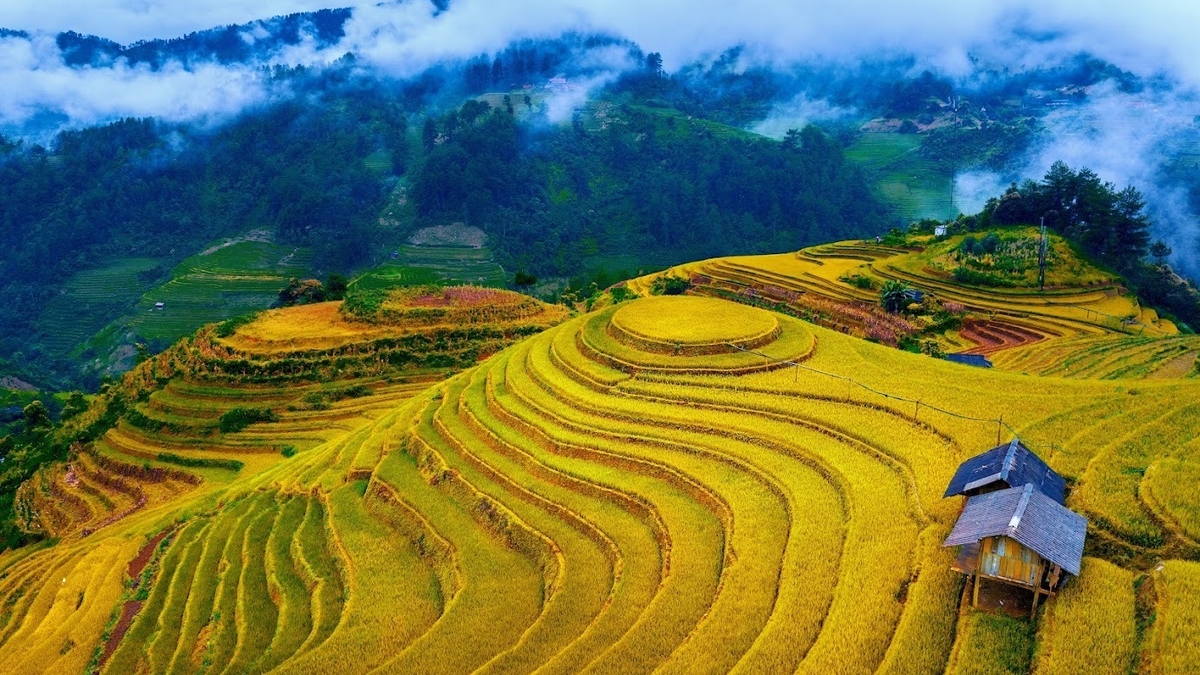
![[Photo] General Secretary To Lam meets voters in Hanoi city](https://vphoto.vietnam.vn/thumb/1200x675/vietnam/resource/IMAGE/2025/9/23/d3d496df306d42528b1efa01c19b9c1f)
![[Photo] The 1st Congress of Party Delegates of Central Party Agencies, term 2025-2030, held a preparatory session.](https://vphoto.vietnam.vn/thumb/1200x675/vietnam/resource/IMAGE/2025/9/23/e3a8d2fea79943178d836016d81b4981)
![[Photo] Prime Minister Pham Minh Chinh chairs the 14th meeting of the Steering Committee on IUU](https://vphoto.vietnam.vn/thumb/1200x675/vietnam/resource/IMAGE/2025/9/23/a5244e94b6dd49b3b52bbb92201c6986)
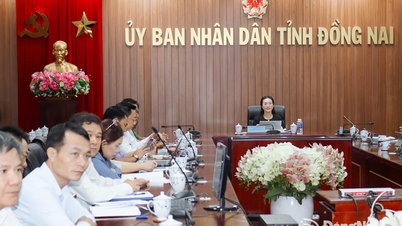



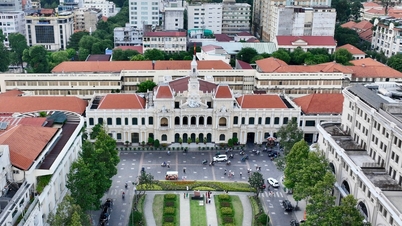



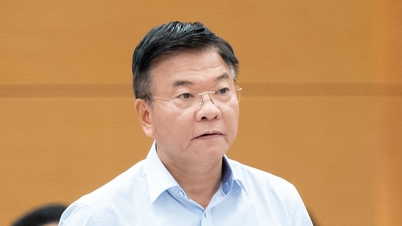




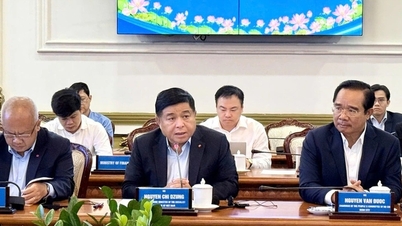
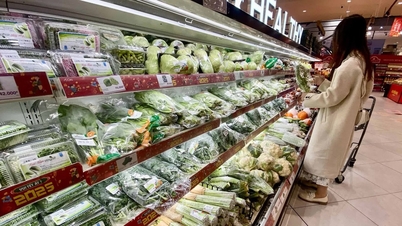


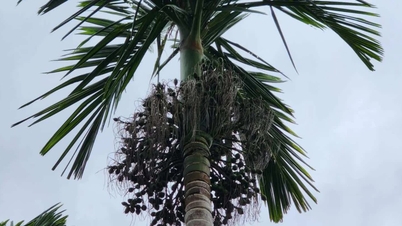


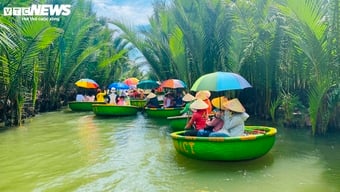




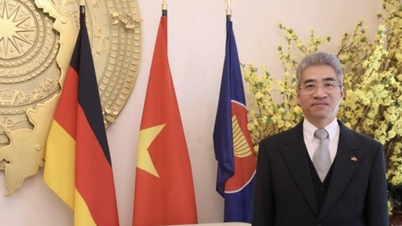

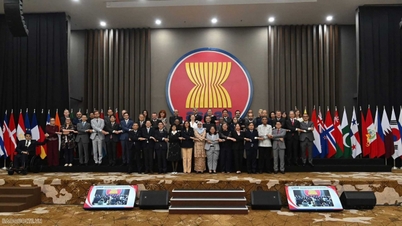
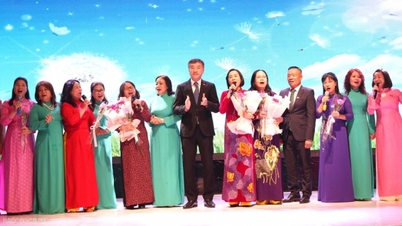

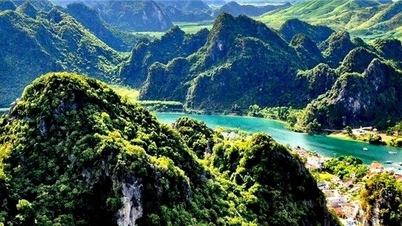



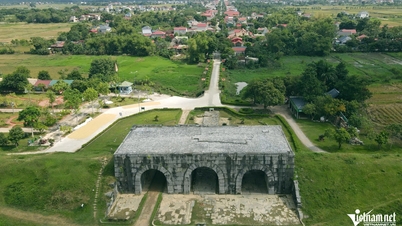







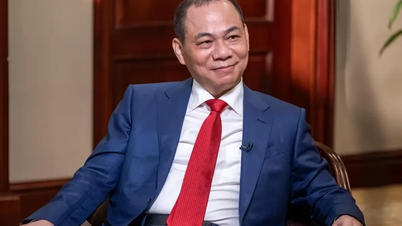


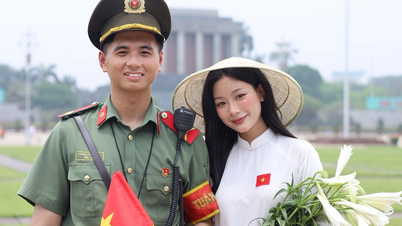


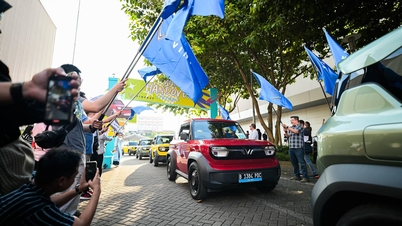

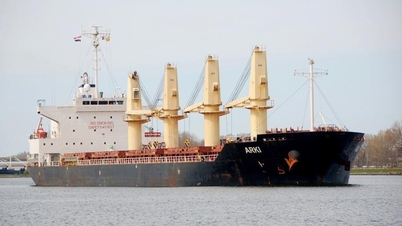


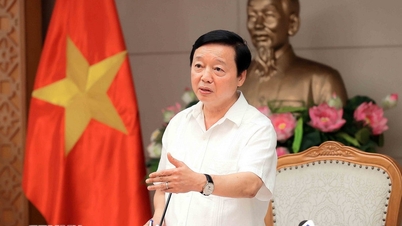
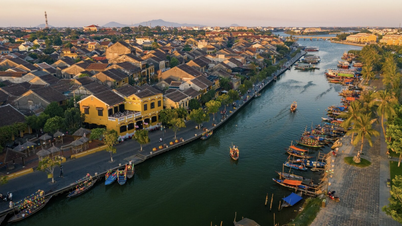





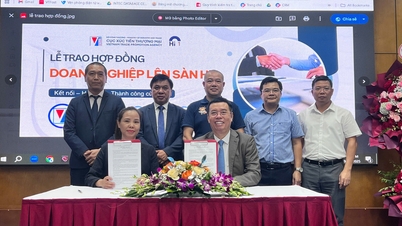


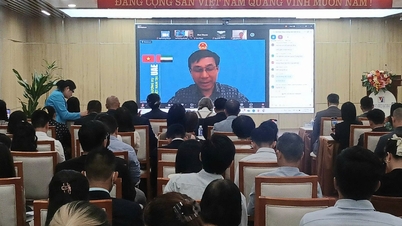













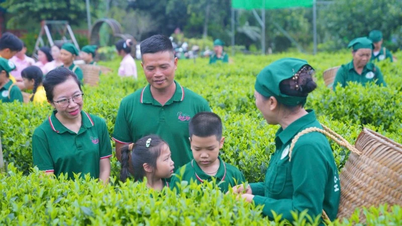


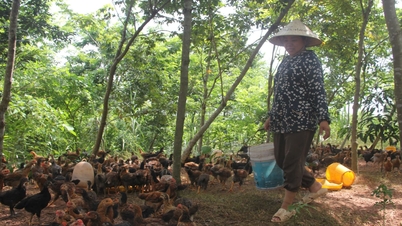
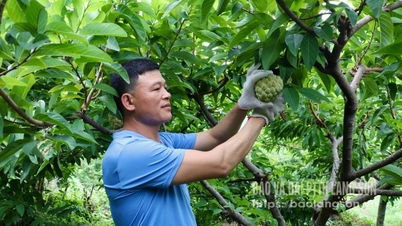

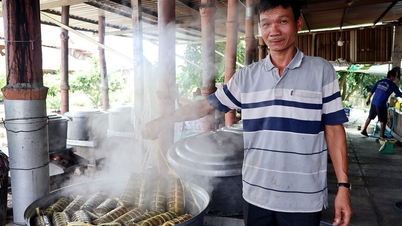





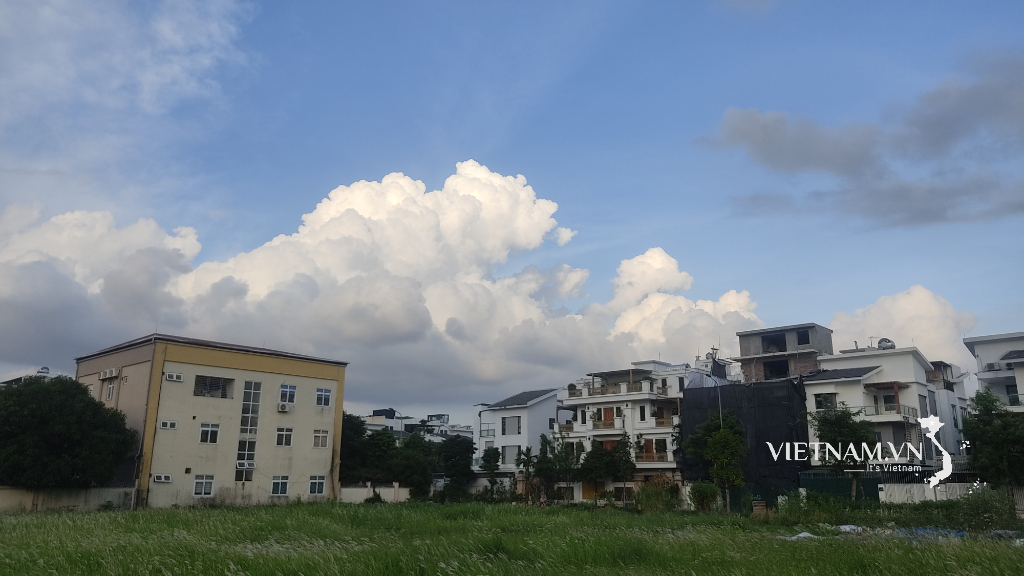


Comment (0)